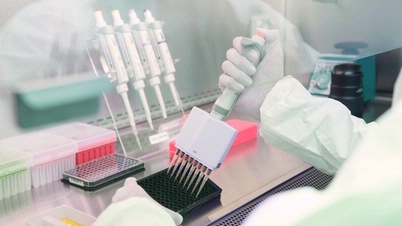- How the new EU IVDR regulations came to existence?
- What impact these changes in regulations will have on your business?
In May 2017, the EU published the in vitro diagnostic medical devices regulation (IVDR), in response to several scandals of harmful medical devices such as the substandard French-made breast implant. Together with the accompanying Medical Devices Regulation (MDR, governing non-in vitro medical devices), the EU launched a five-year transition plan to help the industry adopt IVDR (formally IVDR (EU) 2017/746) which has officially come into effect as of May 26th, 2022.
Despite the long transition period, many manufacturers still struggle to implement these new changes. So, we will address common questions regarding IVDR requirements, and provide a uniform interpretation for manufacturers that are affected by the new regulations.
What has changed?
Medical device manufacturers must transition from IVDD (Directive 98/79/EC) to IVDR to keep their products on the European market. Compared to IVDD, the new IVDR requires:
- Establishing a mechanism for traceability throughout the supply chain and greater transparency.
- That IVDs to be classified based on their related risk to the patient/user (Class A with the lowest risk to Class D with the highest risk).
- Establishment of post-market surveillance mechanisms by which they can collect and evaluate devices’ performance.
In addition, the new regulations will greatly impact clinical laboratories that use IVDs too. IVDR mandates clinical laboratories to use only IVDs that are marketed by manufacturers that have received CE-IVD certification.
In other words, laboratories that perform low volume, niched, in-house analyses (or laboratory-developed tests, LDTs) must also switch to equivalent commercial alternatives after IVDR has come into effect. The requirement will compel these laboratories to undergo the process of revalidation of these new assays according to EN-ISO 15189 standards for analyses that have been routinely executed thus far.
How does IVDR impact manufacturers?
One of the most anticipated consequences of IVDR is the enormous number of devices that are now required to have certifications by a notified body. This applies to both new products and legacy IVDs.
Moreover, the assessments required of IVDs have become more comprehensive and costly. Under IVDR, manufacturers must also consider additional aspects including analytical performance, clinical evidence, and post-market surveillance to support the continuous marketing authorization for their IVDs.
The reduction in the number of notified bodies in Europe has compounded the already challenging landscape of IVDR. All notified bodies which have been designated under Directive 98/79/EC (IVDD) must be re-designated and will be subjected to substantially stringent standards. Therefore, a timely application is vital to avoid delays.
Similarly, when the mandatory switch from in-house LDTs to commercial equivalent, many laboratories may need to purchase new equipment which could lead to a higher cost. Some studies have highlighted the fact that the process of inventorying which laboratory assays are conforming to the CE-IVD and justification of LDTs alone will consume a large amount of time and money.
The increased complexity and the number of required assessments will likely delay many product launches and negatively impact the return on investment for manufacturers. To sufficiently address the requirement of IVDR, manufacturers should expect a major investment of time and effort.
At Synergy Bioscience, we have the expertise that can help you navigate the complex requirements of IVDR and facilitate the registration of your IVDs.
To learn more about how we can help your organization in this regard, please fill this form and we will get in touch with you.

Thanks for the article!
Happy to know that the article is helpful to you Mr.Ben